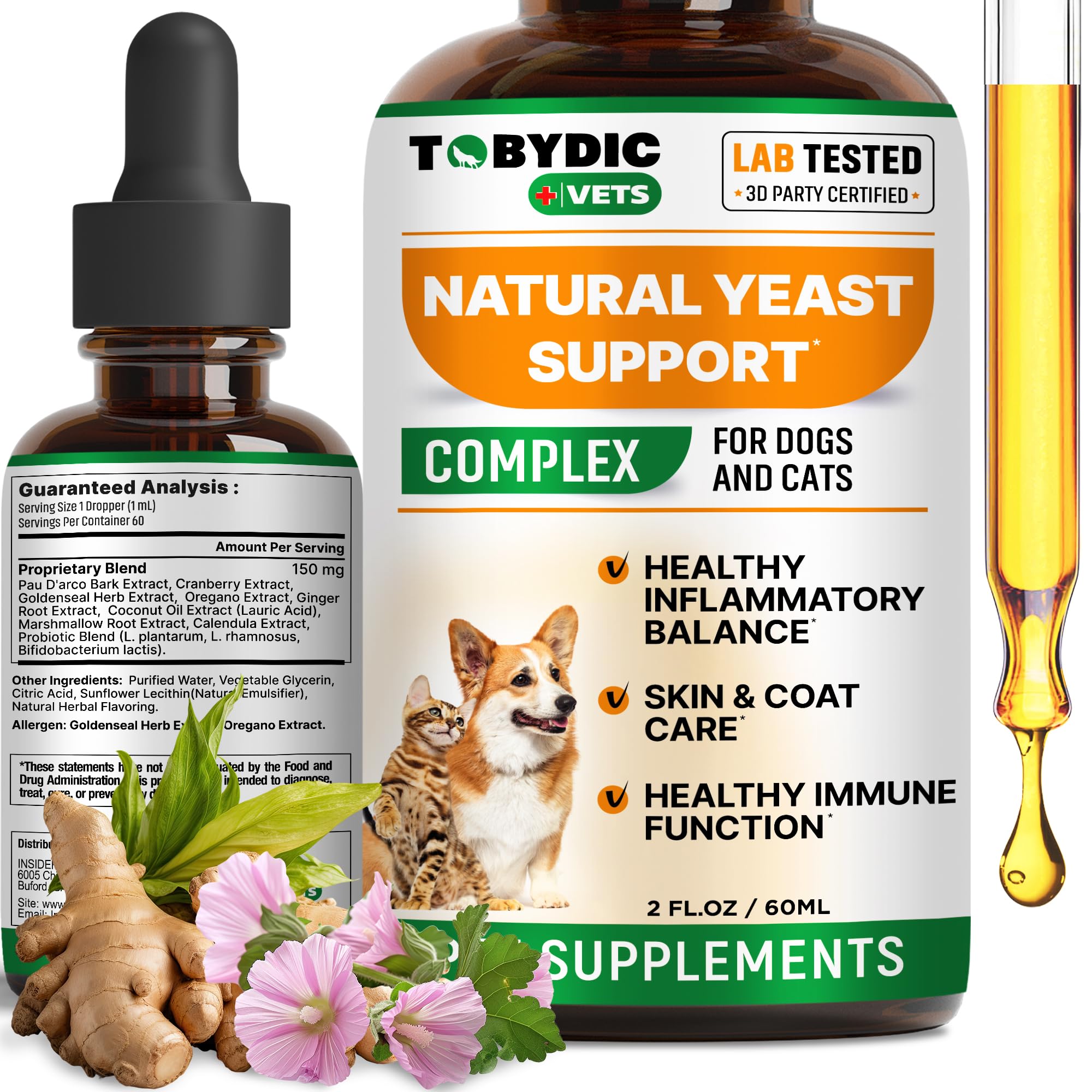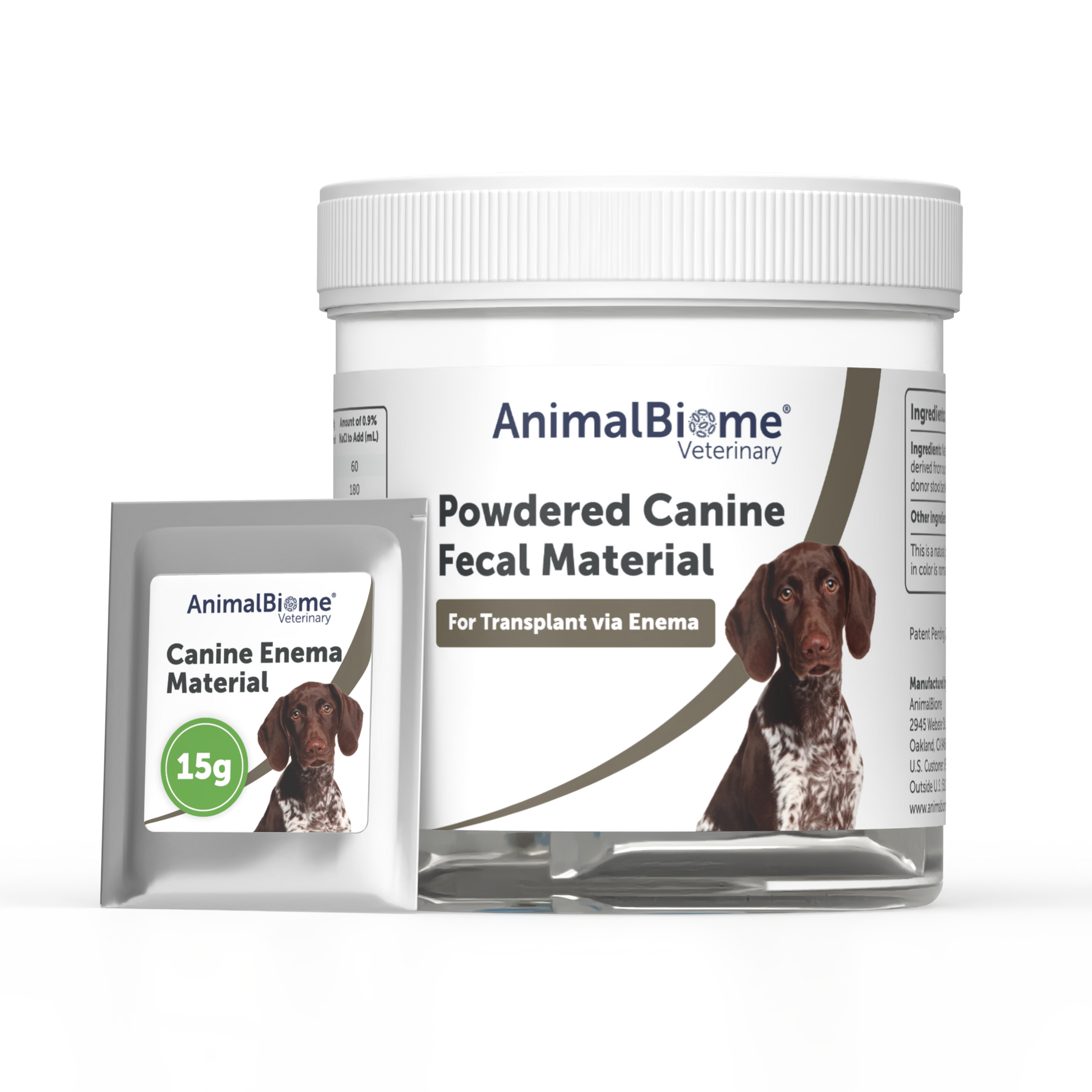Are you tired of dealing with dog hair all over your clothes and furniture? You might have heard that hypoallergenic dogs don’t shed.
But why is that true? Understanding why hypoallergenic dogs shed less can help you choose the right pet for your home and keep your space cleaner. You’ll discover the surprising reasons behind their low shedding and how it can make a big difference in your daily life.
Keep reading to find out what makes these dogs special and why they might be the perfect fit for you.
Myth About Hypoallergenic Dogs
Many people believe hypoallergenic dogs do not shed. This idea is not fully true. Shedding varies by breed and individual dogs.
Understanding what hypoallergenic means helps clear up this myth. It relates more to allergies than shedding.
Common Misconceptions
Some people think hypoallergenic dogs are allergy-free. No dog breed is completely allergy-free. Allergies come from proteins in dog saliva, skin, and urine.
Another mistake is thinking these dogs never shed. Many hypoallergenic breeds shed, but often less than other dogs.
- Hypoallergenic dogs can still shed fur.
- Allergies are caused by proteins, not just fur.
- Shedding levels vary by individual dog.
What Hypoallergenic Really Means
Hypoallergenic means a dog is less likely to cause allergies. It does not mean the dog is allergy-proof. These dogs produce fewer allergens.
Many hypoallergenic dogs have hair that grows continuously. This hair traps allergens better than fur that sheds often.
- Hypoallergenic dogs produce fewer allergens.
- They usually shed less than other dogs.
- They still need regular grooming to reduce allergens.

Credit: zigly.com
Shedding And Allergies
Many people want dogs that do not cause allergies. Hypoallergenic dogs are often chosen for this reason. These dogs usually shed less fur, which helps reduce allergy problems.
Shedding is when dogs lose their fur. This can spread allergens in the home. Understanding why hypoallergenic dogs shed less can help allergy sufferers.
How Shedding Affects Allergies
Shedding spreads dog fur and dander around the house. Both can cause allergy symptoms like sneezing and itching. Less shedding means fewer allergens in the air.
Hypoallergenic dogs often have hair that grows continuously. Their hair does not fall out like fur from other dogs. This lowers the amount of allergens released.
- Less fur means fewer allergens on clothes and furniture
- Reduced shedding helps keep the air cleaner
- Regular grooming also lowers allergens
Dander Vs. Fur
Dander is tiny skin flakes that dogs shed. Fur is the hair that falls out. Both can carry allergens that bother people with allergies.
Hypoallergenic dogs produce less dander and shed less fur. Their hair grows in a way that traps dander. This helps keep allergens from spreading as much.
- Dander is the main cause of allergic reactions
- Fur can carry dander around the home
- Hypoallergenic dogs have hair that traps dander better
- Less shedding means less dander spread
Hypoallergenic Breeds And Shedding
Many people want dogs that do not cause allergies. These dogs are called hypoallergenic. People also want dogs that do not shed much. Shedding can cause allergies and make cleaning hard.
Not all hypoallergenic dogs shed less. Some breeds shed a little but still may be easier for allergy sufferers. Understanding shedding helps you pick the right dog.
Low Shedding Breeds
Low shedding breeds lose very little hair. These dogs keep their fur longer. They also produce less dander, which causes allergies. Many hypoallergenic dogs fit this group.
- Poodle
- Bichon Frise
- Maltese
- Shih Tzu
- Yorkshire Terrier
These breeds need regular grooming. Grooming stops loose hair from spreading. It also keeps their coat healthy.
Breeds That Still Shed
Some hypoallergenic breeds still shed some hair. Their shedding is less than other dogs but not zero. These dogs may suit people with mild allergies.
- Portuguese Water Dog
- Soft Coated Wheaten Terrier
- Lagotto Romagnolo
- Basenji
Shedding in these breeds varies by season and health. Regular brushing can reduce loose hair. This helps keep homes cleaner.
Factors Influencing Shedding
Shedding varies a lot in dogs. Some dogs lose hair often, while others barely shed.
Hypoallergenic dogs are known for shedding less. Several factors affect why they shed less.
Genetics And Coat Type
Genes control a dog’s coat and how much it sheds. Some dogs have coats that hold hair tightly.
Hypoallergenic breeds often have curly or wavy coats. These coat types trap loose hairs and stop them from falling.
- Curly coats shed less hair
- Single-layer coats shed less than double coats
- Coats that grow continuously drop less hair
Environment And Diet
The place where a dog lives can change how much it sheds. Clean, dry homes help reduce shedding.
Good food also keeps a dog’s coat healthy. Healthy skin means less hair falls out.
- Low humidity can dry out skin and cause more shedding
- Balanced diets with vitamins improve coat strength
- Regular grooming removes loose hair and keeps shedding low
Managing Allergies With Dogs
Many people with allergies worry about having dogs. Hypoallergenic dogs shed less hair and dander. This helps reduce allergic reactions.
Although no dog is 100% allergy-free, some breeds cause fewer problems. Managing allergies well can make living with dogs easier.
Grooming Tips
Regular grooming helps lower allergens. Brush your dog often to remove loose hair and dander. Use a damp cloth to wipe the coat.
Bathing your dog every few weeks also reduces allergens. Use a gentle shampoo made for dogs. Dry your dog well to keep the skin healthy.
- Brush hair outside or in a well-ventilated area
- Use a brush made for low-shedding breeds
- Trim hair regularly to control shedding
- Wash dog bedding weekly to remove dander
Cleaning Strategies
Keep your home clean to reduce allergens. Vacuum floors and furniture often. Use a vacuum with a HEPA filter to trap tiny particles.
Wash your hands after playing with your dog. Clean your dog’s toys and collars regularly. Keep your dog out of bedrooms to limit allergen build-up.
- Use washable covers on furniture
- Air out rooms daily to reduce dust
- Use air purifiers to improve air quality
- Clean floors with a damp mop instead of dry sweeping

Credit: www.calmshops.co.uk
Choosing The Right Dog For Allergies
Many people want a dog but worry about allergies. Some dogs shed less and cause fewer allergy problems.
Choosing a hypoallergenic dog can help reduce allergy symptoms. It is important to know how to pick the right one.
Personal Allergy Testing
Before getting a dog, test how you react to different breeds. Allergy tests can show which dogs suit you best.
Try spending time with hypoallergenic dogs. This helps you see if your allergies get worse or stay mild.
- Visit friends with hypoallergenic dogs
- Attend dog shows or shelters
- Note any sneezing, itching, or coughing
Consulting Professionals
Talk with doctors or allergy specialists before choosing a dog. They can offer advice based on your health.
Veterinarians also know which dog breeds shed less and cause fewer allergies. Their guidance is useful.
- Get allergy tests from a doctor
- Ask about hypoallergenic dog breeds
- Discuss pet care to reduce allergens

Credit: www.latimes.com
Frequently Asked Questions
Do Hypoallergenic Dogs Shed At All?
Hypoallergenic dogs do shed, but usually less than other breeds. Their reduced shedding is due to their hair type. This helps decrease allergens, making them a better choice for allergy sufferers. Regular grooming can further minimize shedding and allergens.
What Makes A Dog Hypoallergenic?
Hypoallergenic dogs produce fewer allergens than other breeds. This is due to their unique coat types and reduced dander. They typically have hair rather than fur, which sheds less. Regular maintenance and grooming can help maintain their hypoallergenic qualities.
Are All Hypoallergenic Dogs The Same?
Not all hypoallergenic dogs are the same. Different breeds have varying levels of shedding and dander. It’s important to research each breed’s characteristics. Spending time with a breed can help determine allergy compatibility.
Why Do Some Hypoallergenic Dogs Still Cause Allergies?
Some hypoallergenic dogs still cause allergies due to individual sensitivities. Even hypoallergenic breeds produce some allergens. Allergens are present in saliva, skin, and urine, not just fur. Understanding personal triggers can help manage allergies effectively.
Conclusion
Hypoallergenic dogs shed less because of their unique hair type. They lose fewer hairs and produce less dander. This helps people with allergies feel better around them. Still, no dog is 100% allergen-free. Regular grooming and cleaning reduce allergens further.
Choosing the right dog matters for allergy sufferers. Understanding why hypoallergenic dogs shed less helps make smart pet choices. Enjoy the companionship with fewer allergy worries. Simple care keeps your home cleaner and allergy symptoms low. A happy pet and happy owner—that’s what matters most.







